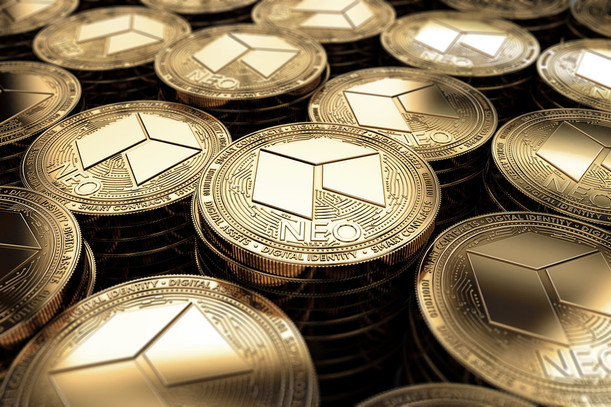NEO is a digital currency that was originally invented in February 2014 under the name AntShares (ANS) and was later renamed to NEO in July 2017.
It was developed by the Shanghai-based company Onchain - led by the founder and CEO Da Hongfei. The motto of the NEO community is to help transition the economy into a new era, or as they call it - a smart economy.
If there is one other cryptocurrency that is the closest to NEO, it would be Ethereum, and the two are often times compared side by side. Both are more than a cryptocurrency, as both are a platform for creating smart contracts and decentralized applications (Dapps). The NEO community, however, defines itself more broadly than Ethereum - as a platform for a smart economy of the future rather than just a platform for running smart contracts and decentralized applications.
The NEO network uses a token called GAS to power the NEO blockchain and network. So, basically, GAS is the cryptocurrency of NEO just as Ether is the coin on the Ethereum network. NEO too has a limited supply of its digital currency and the maximum number of GAS coins that will be created on the NEO network in the future is 100 million.
NEO is a proof of stake (POS) cryptocurrency, meaning it cannot be mined like Bitcoin, but rather, people first have to buy some NEO tokens before they can receive newly generated GAS coins. Every owner of NEO tokens has the right to vote on future changes to the NEO network and to receive newly created GAS tokens that are generated on completed blocks.
Being generally focused on China, NEO has only limited acceptance in the West so far, but that is changing. Its advantages are getting noticed more and more and this relatively newer Chinese cryptocurrency is growing every day.
NEO is different from the other crypto peers
NEO has many advantages over Ethereum including transaction limits and security. For instance, it can handle 10,000 transactions per second while Ethereum and Bitcoin can only handle 15 – 20 and 3 – 7 transactions per second respectively.
Convenience and ease of use is another area where NEO has an advantage as the whole platform has been designed in a user-friendly way. More importantly, NEO supports multiple programming languages that are widely used such as C++ and Java.
In comparison, Ethereum DApps and smart contracts can only be written in its own programming language called Solidity. The obvious advantage here is that NEO is open to more people because there is no need to learn a unique, rarely used programming language just for the purpose to use the NEO platform.
The NEO platform is also built with a nice protective measure of being hard-fork proof. NEO cannot be hard-forked and therefore a second NEO cryptocurrency cannot be created out of thin air. On the other hand, both Bitcoin and Ethereum have been hard-forked in the past and completely new cryptocurrencies were created such as Bitcoin Cash and Ethereum Classic.




